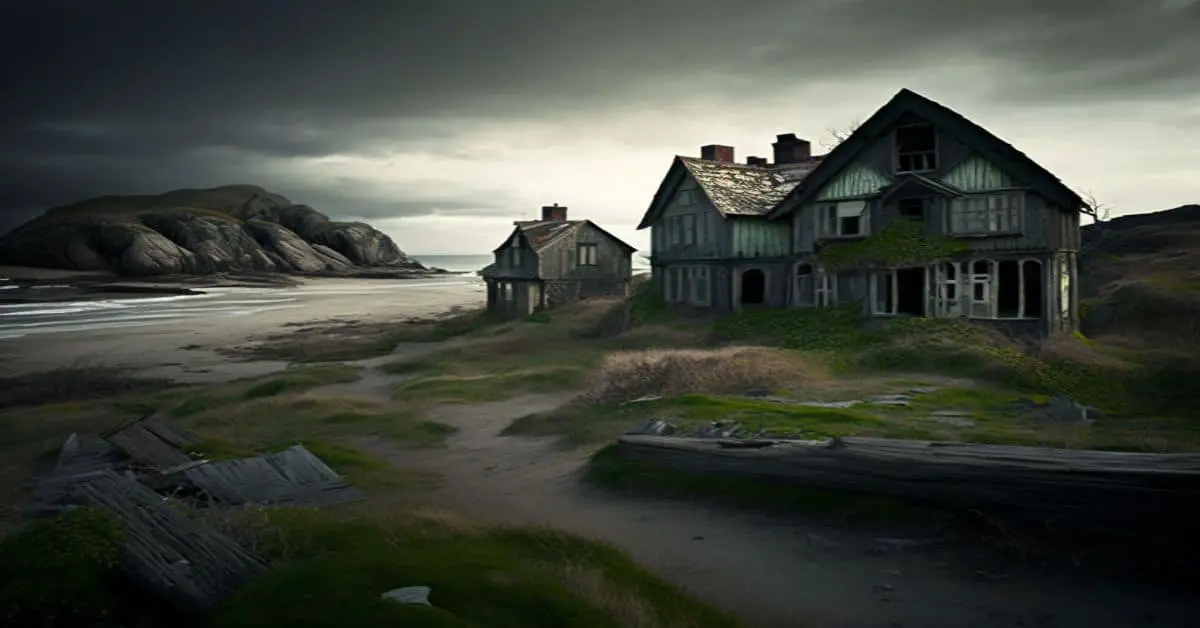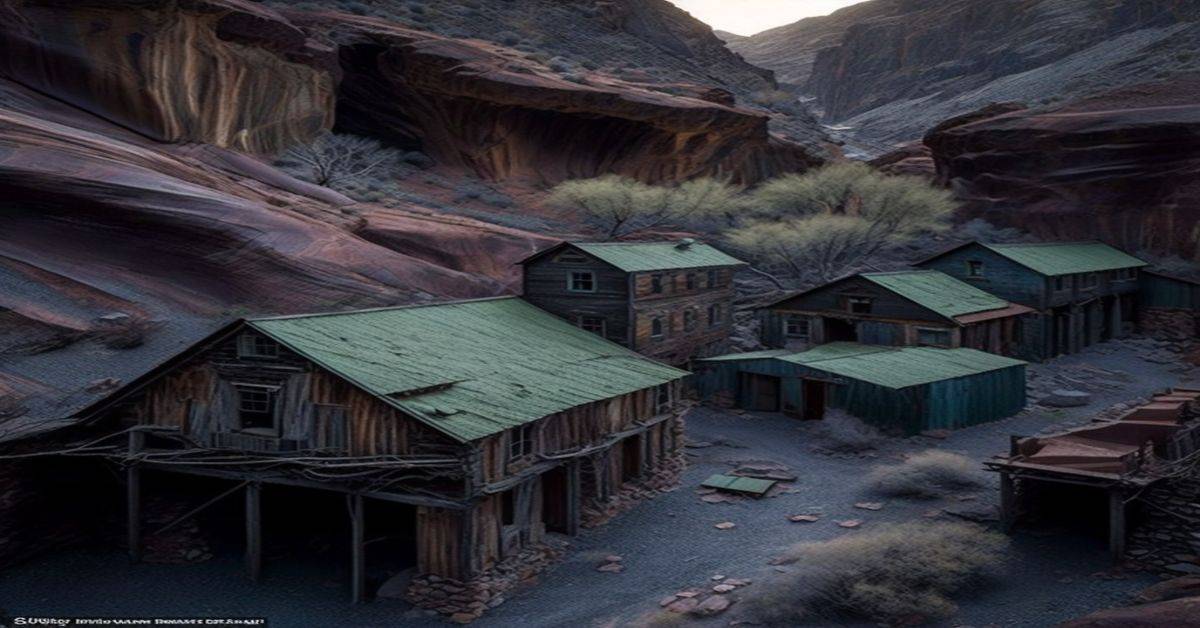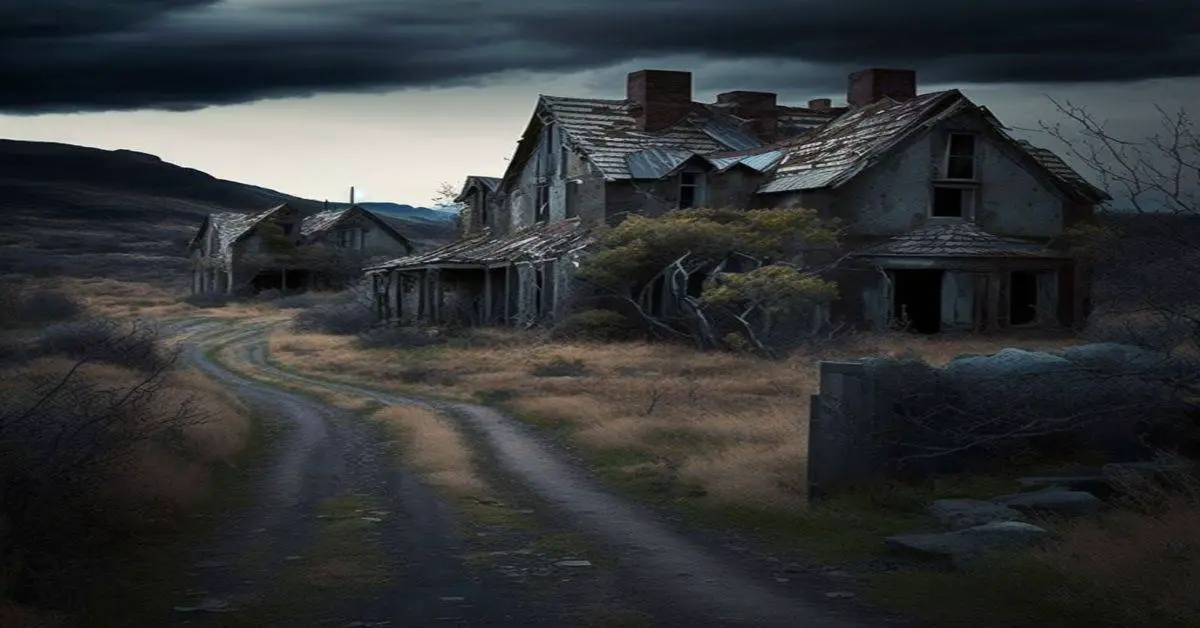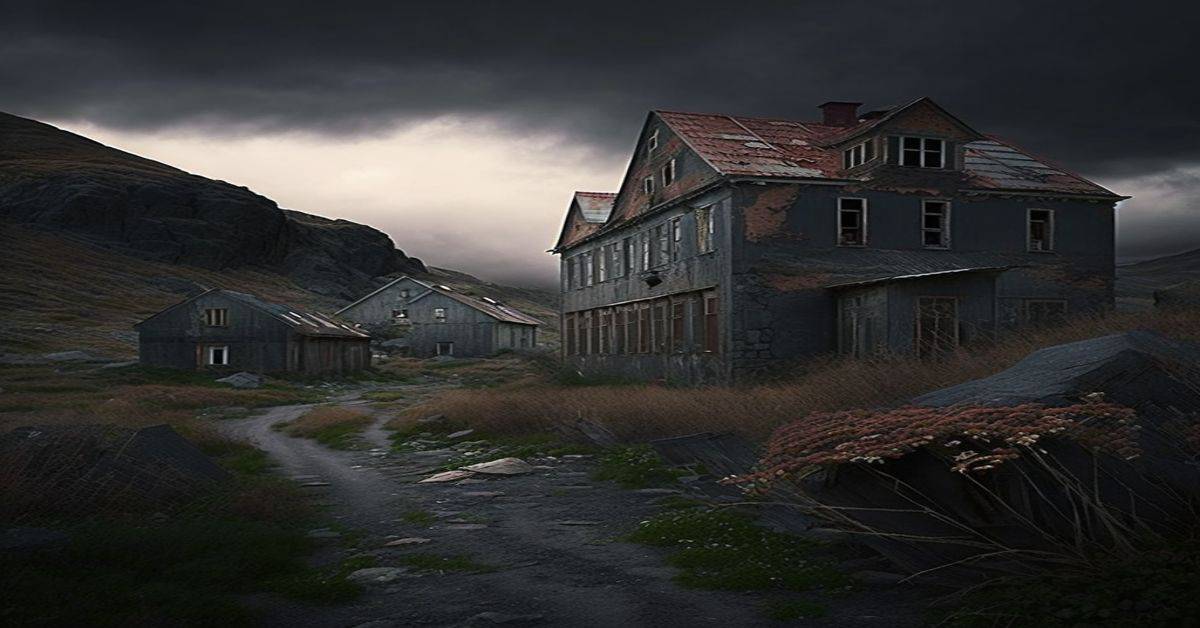Florida is known for its sunny beaches and vibrant nightlife, but it’s also home to some of the most haunted ghost towns in the United States. These eerie and abandoned places have a spooky history, and exploring them can be an exciting adventure for those brave enough to face the unknown.
What is a Ghost Town?
A ghost town is a deserted town, usually, one that was once prosperous but, for some reason, it was abandoned. Some ghost towns result from natural disasters, while others were abandoned because of economic decline, war, or other causes. Florida has several ghost towns with a unique histories and reasons for being abandoned.
Exploring Florida’s Ghost Towns
If you’re interested in exploring Florida’s ghost towns, there are a few things to keep in mind. First and foremost, many of these towns are on private property, so getting permission from the landowner before exploring is important. Additionally, some of the buildings and structures may be unsafe, so it’s essential to exercise caution when exploring.
It’s also important to remember that many of these ghost towns have a rich history and are home to the spirits of those who once lived there. Visitors should be respectful of these places and treat them with reverence.
Florida has a multitude of abandoned towns to explore. Although many ghost towns are not home to spirits, they are still quite spooky. The abandoned towns are a testament to the historical influence of railways, orange groves, and sawmills in the 1800s and early 1900s. Despite weather catastrophes, these bustling towns are still visible in the form of overgrown graveyards and the shells of homes. The following are some of the spookiest Florida ghost towns to visit:
Fort Dade, Egmont Key State Park
At the mouth of Tampa Bay lies the island of Egmont Key. This island was active in the mid-19th century as a camp for captured Seminoles during the Third Seminole War. Later, Fort Dade was established on the island in 1898 in preparation for the Spanish-American War.
The fort had a movie theater, a hospital, brick roads, and tennis courts for its 300 residents. The fort was eventually deactivated in 1923. Today, you can still see remnants of Fort Dade, including a lighthouse operated by the Coast Guard.
Hopewell, Hillsborough County
Hopewell (originally named Callsville in 1870) was known for the Turner Plantation, where slaves worked the land. After the slaves were freed, the plantation was divided into small homesteads. Today, the remaining buildings are the McDonald House, Hopewell’s church and cemetery, and the Hull House. Some of the homes are still in decent shape and available for exploration.
White City, Saint Lucie County
Danish settlers founded White City from the midwest in the early 1890s. Colonel Myers swindled people out of their money and land by setting up a land scheme, taking down payments for land parcels, and taking charge of residents’ savings for his future bank.
He disappeared with much of the town’s cash, and when the freeze of 1984 to 1985 came through, crops were destroyed, and people left town. Today, you can go into the White City Marketplace, now an antique shop, and see some of the town’s homes from the early 1900s.
Kismet, Lake County
Kismet, founded in 1884 by the Kismet Land and Improvement Company, was once a thriving citrus community until the freeze of 1889 destroyed its orange groves. The town had a 50-room hotel; even Walt Disney’s parents, Elias Disney, and Flora Call married there in 1888. Visitors can see Walt Disney’s grandparent’s gravesite in Paisley, just up the road.
Ellaville, Madison County
Ellaville was a boomtown in the 1800s, once home to about 1000 people at its peak. The town was known for logging, sawmills, and professions like railroad car building. In 1895, after two black men were lynched in the town, Ellaville was no longer considered safe. Visitors can still see the ruins of the first governor’s mansion, a sawmill, and even a post office that operated until 1942.
Capps, Jefferson County
Capps was once a thriving town located east of Tallahassee at the intersection of US-19 and US-27. Today, the only remains of Capps are the ruins of a building that served as a post office, general store, and dance hall.
Fort Drum, Okeechobee County
Located just west of the Florida Turnpike, Fort Drum is a ghost town that was once a fort during the Second Seminole War. It was later settled by people looking for jobs in the cattle business after the Civil War. Today, the only remains of the town are a cemetery and the original Fort Drum school, which now serves as an antiques and collectibles shop.
Rollestown, Putnam County
Established in 1767 by Englishman Deny Rolles, Rollestown was a community founded to start a farm. The plantation failed after Rolles brought in indentured servants from London who knew nothing about farming.
After the failure, Rolles brought in slaves to work the crops and raise cattle. The town was eventually abandoned in 1783 after the British returned Florida to Spain. Today, the only remaining evidence of the ghost town is a historical marker.
Yukon, Duval County
Yukon is a ghost town in what is now Tillie K. Fowler Regional Park. A community established in the 1800s closed in 1963 after the Navy declared it a flight and safety hazard.
Some old buildings remain, including the Yukon Baptist Church, while others have been abandoned. It shows that even in the middle of a bustling city like Jacksonville, there could be a ghost town just around the corner.
Tasmania, Glades County
Tasmania was founded in 1916 when the former community of Fisheating Creek changed its name. There were two schools and a trading post where settlers often traded turpentine, cattle, and moonshine.
Due to the Great Depression, families moved away, and schools and post offices closed. The Lucky Island Schoolhouse is still visible today as a barn in the middle of a cow pasture, but it’s on private property and cannot be entered.
Oslo, Indian River County
Oslo was established by Scandinavian immigrants and is known for its abundant pineapple plants. In 1914, Waldo Sexton established his own citrus company and packinghouse in the town, which also had a post office, school, and railroad stop.
After World War I, the pineapple industry collapsed, and local businesses suffered during the Great Depression. Today, the only business still in operation is the Oslo Citrus Growers Association, the oldest packing house on Florida’s east coast.
Conclusion
In conclusion, exploring Florida’s spooky ghost towns can be an exciting adventure for those fascinated by history and the supernatural. From underwater mermaid shows to haunted stilt houses, these ghost towns offer a glimpse into Florida’s haunted past. Be sure to get permission and exercise caution when exploring these abandoned and eerie places.
While these ghost towns may be abandoned, they still have a story to tell. If you’re interested in exploring Florida’s history, check them out.



